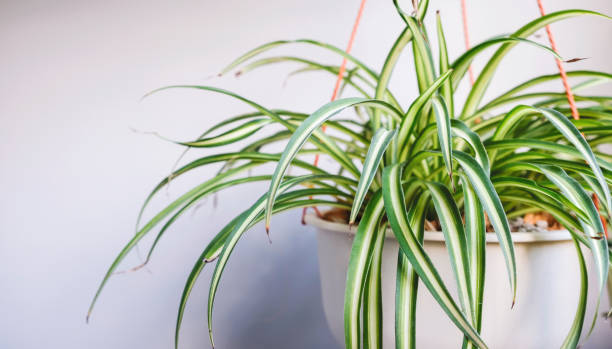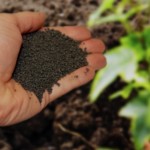Spider plants (Chlorophytum comosum) are popular houseplants known for their resilience and air-purifying qualities. However, even the hardiest of plants can sometimes show signs of distress, and one common issue is brown tips on spider plant leaves. If you’ve noticed your spider plant’s once vibrant green leaves turning brown at the tips, don’t panic! In this step-by-step guide, we’ll explore the reasons behind spider plant brown tips and provide practical solutions to revive your green companion.
Understanding the Causes
Before diving into the solutions, it’s essential to understand why spider plants develop brown tips. Several factors can contribute to this issue, including:
- Watering Issues: Overwatering or underwatering can both lead to brown tips. Spider plants prefer consistently moist soil, but they don’t like to sit in waterlogged conditions.
- Lighting: While spider plants are adaptable to different light conditions, they thrive in bright, indirect light. Insufficient light or prolonged exposure to direct sunlight can cause leaf tips to turn brown.
- Humidity Levels: Spider plants prefer higher humidity levels. In dry indoor environments, especially during winter, the air might become too dry, leading to brown tips.
- Fertilization: Over-fertilizing or using the wrong type of fertilizer can result in chemical burns on the tips of spider plant leaves.
Now that we understand the potential causes, let’s move on to the step-by-step guide to fix spider plant brown tips.
Step 1: Assess Watering Practices
Evaluate your watering routine to ensure it aligns with the spider plant’s needs. Spider plants like their soil to be consistently moist but not waterlogged. Here’s what you can do:
- Check Soil Moisture: Stick your finger into the soil up to the first knuckle. If the soil feels dry, it’s time to water. If it feels moist, hold off on watering for a few days.
- Use Well-Draining Soil: Ensure your spider plant is potted in well-draining soil to prevent waterlogged conditions. Consider adding perlite or sand to improve drainage.
- Use the Right Watering Technique: Water the plant thoroughly, allowing excess water to drain out of the bottom. Empty the saucer beneath the pot to avoid water accumulation.
Step 2: Adjust Lighting Conditions
Spider plants are adaptable to different light levels, but they thrive in bright, indirect light. If your spider plant is showing brown tips, consider the following adjustments:
- Move to Indirect Light: If your plant is in direct sunlight, move it to a spot with filtered or indirect sunlight. A few feet away from a north or east-facing window is ideal.
- Rotate the Plant: Rotate the plant regularly to ensure all sides receive equal sunlight exposure. This prevents uneven browning.
Step 3: Address Humidity Concerns
Spider plants prefer higher humidity levels, and dry indoor air can contribute to brown tips. Here’s how to increase humidity for your plant:
- Misting: Mist the plant regularly, especially during dry seasons. This provides a humidity boost.
- Humidifier: Place a humidifier near the plant or group your plants together to create a more humid microenvironment.
Step 4: Review Fertilization Practices
Over-fertilizing or using the wrong type of fertilizer can result in chemical burns on spider plant leaves. Follow these steps to ensure proper fertilization:
- Use Balanced Fertilizer: Choose a balanced, water-soluble fertilizer with equal amounts of nitrogen, phosphorus, and potassium. Dilute the fertilizer to half or quarter strength.
- Fertilize Sparingly: Spider plants don’t require frequent fertilization. Apply fertilizer every 2-4 weeks during the growing season (spring and summer) and reduce or eliminate fertilization during the dormant period (fall and winter).
Step 5: Trim Brown Tips
If your spider plant already has brown tips, don’t worry. You can trim them to improve the plant’s appearance and redirect energy to healthier growth. Follow these steps:
- Use Clean Scissors or Pruners: Sterilize your cutting tools with rubbing alcohol or a diluted bleach solution to prevent the spread of diseases.
- Trim at a Diagonal Angle: Trim the brown tips at a diagonal angle, following the natural shape of the leaf. This provides a neater appearance.
- Don’t Remove Too Much: Trim only the affected tips, avoiding excessive cutting, as it may stress the plant.
Conclusion
Reviving a spider plant with brown tips requires a holistic approach, addressing watering, lighting, humidity, and fertilization issues. By following this step-by-step guide, you can not only rescue your spider plant but also create an optimal environment for its continued health and vibrancy. Remember, patience is key, and with a little care, your spider plant will reward you with lush, green foliage once again.






